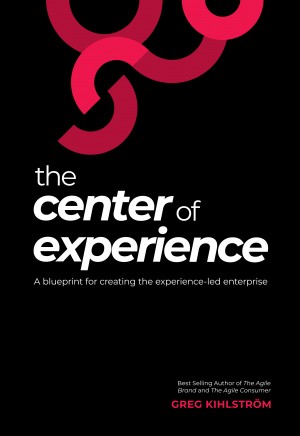Culture, Environment, and Technology: How to Comprehensively Measure Your Employee Experience

Creating a great employee experience is vital in today’s competitive business landscape. The benefits include both cost savings related to employee retention and increased revenue driven by higher productivity and greater sales.
To build and consistently deliver such a great employee experience, however, you need a system in place to measure your current experience and identify where improvements are needed. Start measuring your employee experience today by taking a closer look at the three factors that most significantly influence it: culture, environment, and technology.
1. Measuring Culture
While there are many different definitions of company culture, I often describe it as the way decisions, investments, and interactions are prioritized and handled within a company.
Just as there are many definitions, there are also several ways to measure culture. The one I recommend involves comparing three factors: what employees want, what employees are currently experiencing, and what leadership needs in order to achieve the company’s strategic goals and objectives. By comparing these factors, an organization can more clearly identify the gaps between its ideal state and its current reality. Understanding this gap can also help the company hire more employees who truly want the same things leadership does.
It’s important to note that the influence of company culture extends beyond employees. It can have a powerful effect on partner and customer relationships. Just as your culture can be the reason your employees stay with your company, it can also be the reason customers are drawn to your products and services. Your culture — and the employee experience it creates — can have a ripple effect: If your employees are thriving in your culture, they will treat customers better. If customers feel valued, they’ll keep coming back. Alternatively, if employees are not thriving in your culture, the opposite can happen.

2. Measuring Environment
Your employees inhabit two distinct but interconnected workplace environments: the physical environment and the virtual environment. The physical environment consists of your workspaces, including offices, retail stores, factories, and anywhere else your employees might work in the real world. The virtual environment includes those technologies and applications your employees use to interact with one another (we’ll talk about other types of workplace tech in the next section).
To measure environment, you want to identify the factors that enable work to be done, collaboration to happen effectively, and customer engagements to be more successful. For example, the way an office is organized can have a profound effect on how work is performed. An open floor plan may encourage collaborative work, whereas individual offices may support sustained focus. Similarly, an Apple Store and a Walmart will have very different layouts to support the very different ways employees are expected to serve customers.
Successful physical and virtual work environments are built around the needs they are meant to address, whether it’s supporting individual work, fostering collaboration, engaging customers, or some combination thereof. Assessing your work environments according to the specific needs they are meant to address will allow you to focus on solving specific challenges to the employee experience, instead of attempting a one-size-fits-all solution that is unlikely to succeed.
For more expert HR insights, check out the latest issue of Recruiter.com Magazine:
3. Measuring Technology
Technology has an immense impact on employee productivity and how enjoyable your workers find their jobs. To measure technology, you’ll want to look at points where devices, applications, and platforms affect how business is done. What technologies are your employees using to do their jobs, and are those technologies actually supporting employees the way they should be? The key metrics here are productivity, uptime, and the successful completion of tasks.
Comprehensive technology measurement requires a platform that lets you monitor everything from application availability to the battery life on your employees’ devices. Even seemingly minor details can have a major effect on employee productivity and satisfaction, so leave no stone unturned.
—
Measuring the employee experience across culture, environment, and technology allows you to get a true picture of the successes, challenges, and opportunities within each area. It also offers a broader, more holistic view of your organization.
To make your efforts more impactful, tie improvements in employee experience to external successes like increased sales or higher customer satisfaction. Organizations that understand the employee and customer experiences to be deeply connected have a competitive advantage over those that treat these as entirely distinct phenomena.
Greg Kihlström is president and chief experience officer at Cravety and the author of The Center of Experience.

